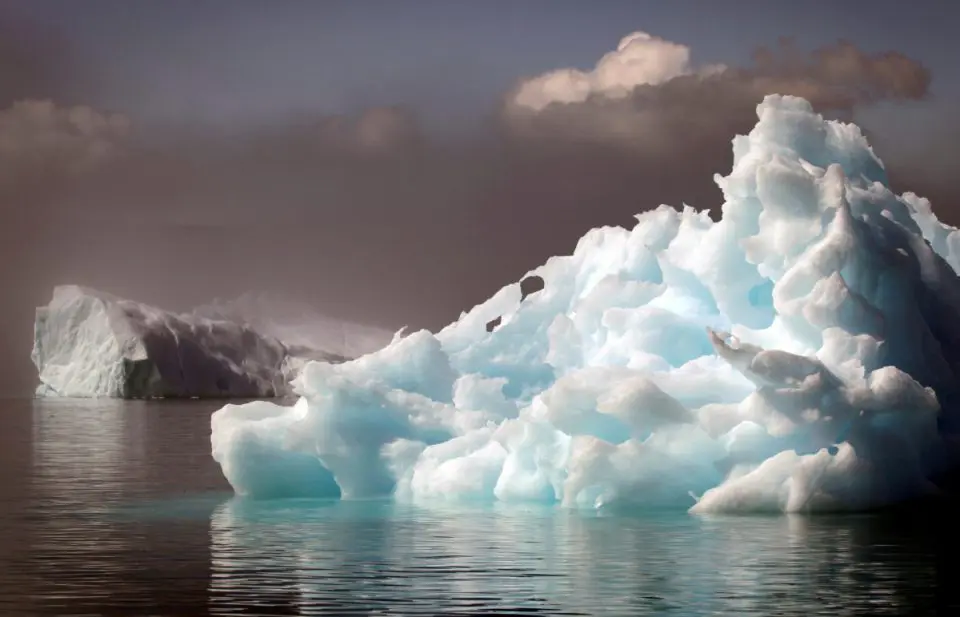LONDON, April 6 — A new study, looking back to the last ice age thousands of years ago, has revealed an alarming rate of ice melt, raising new concerns about future ice sheet retreat and rising sea levels, reported UPI.
Researchers say the data, released Wednesday in the journal Nature, confirms a large ice sheet covering Eurasia — between 15,000 and 19,000 years ago — retreated at the rate of 2,000 feet per day, which is 20 times faster than any retreat rate measured from satellites over the last 50 years.
Scientists say the ice melt rate is the fastest they have encountered and exceeds what they thought were the upper bounds for ice sheet retreat. The Eurasian Ice Sheet melt, thousands of years ago, outpaces today’s glaciers in Antarctica, which are retreating as much as 160 feet a day.
Since the 1990s, Antarctica and Greenland have lost more than 6.4 trillion tons of ice and have raised global sea levels by 0.7 inches. The large Thwaites Glacier in West Antarctica is referred to as the doomsday glacier as its ice melt contributes to rising sea levels today.
Researchers say the faster rates of ice retreat at the end of the ice age appeared on flatter areas, which has raised concerns for several glaciers in Antarctica near flat ice beds.
For the study, researchers analysed the corrugated beds of two major ice streams across the Norwegian continental ice shelf, using bathymetric data. They studied the patterns of wavelike ridges on the seafloor and were able to calculate the rate of retreat, which ranged between 180 to 2,000 feet per day.
If temperatures continue to rise, then we might have the ice being melted and thinned from above as well as from below, said the study’s lead author Christine Batchelor, so that could kind of end up with a scenario that looks more similar to what we had off Norway after the last glaciation.
While the data show a rapid rate of ice retreat at the end of the ice age, the melt was temporary, scientists say.
Ice sheets are retreating fast today, especially in Antarctica, said Eric Rignot, a scientist at the University of California at Irvine who was not involved in the study.
“But we see traces in the seafloor that the retreat could go faster, way faster, and this is a reminder that we have not seen everything yet,” he said.
— Bernama





